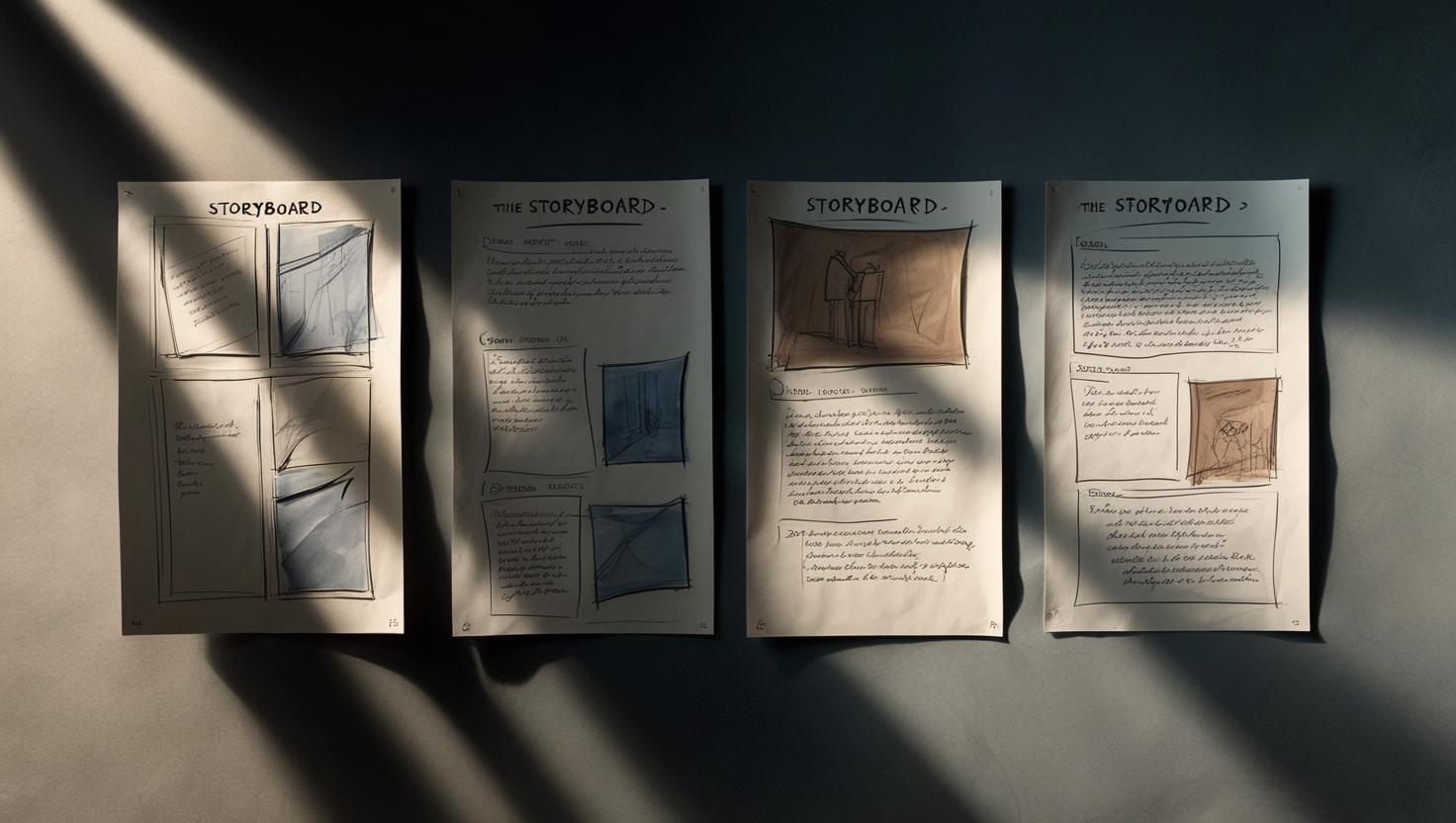”We are active in 21 countries”. ”Our turnover has increased by 13%”. ”We invest 35,000 euros in sustainability”. You can’t be clearer or more persuasive, can you?
Well… then you don’t yet understand how the human brain works. It gets the facts and figures just fine, it just doesn’t always feel very enthusiastic about them. To engage the brain, and thereby your viewers, readers or listeners, you still need a really good story as well.
In this post we will go through how to use facts when storytelling, and why facts don’t matter as much as the good telling of a story.
Back in time
The passing on of knowledge began visually. First there were cave paintings and individual words. Then came the stories around the campfire, written text came later. From way back, our brain was thus ”wired for visual and verbal stories”.
In other words, our brains did not evolve side by side with Powerpoint presentations. Yes, of course numbers and statistics trigger action in our brain, but just a little bit of it. Do you really want to reach someone? Then you need to come up with a good story.
That’s why Martin Luther King didn’t say: ”People… I have here a number of interesting facts and figures!” He had a dream, and he took us along for the ride, with his story.
Science is in agreement: stories do something to us. MRI scans show that a character driven story stimulates the production of the happiness hormone oxytocin. It turns out that emotional content within narrative results in better understanding of the most important points of a story.
What makes a good story?
Ernest Hemingway once won a bet, by writing a story that would make people cry… in six words.
Unbelievable, how a story of just six words can invoke so much emotion. This mini-story has drama and makes you curious.What happened then? A family short on money? A baby born without legs? A miscarriage?
Our brain wants to complete the story. Bring structure to it, to understand.
A good story is a kind of catalyst that gets the right parts of your brain going. That’s rather different to asking it to immediately remember something factual, as with ”We are active in 21 countries”.
Holding something back works. Tell a story that tickles the brain and your listener has almost no option but to start working with that story.
Many scriptwriters and advertisers make eager use of this.They purposefully go for the grey area between clarity and obscurity. In this way you create suspense and challenge people to become involved with your story.
The story continues…
Our brain simply hates open endings. We love plays, films, books and Netflix series. Drama. Controversy. We want to know how the story ends. But in the meantime the road that leads there is much more interesting.
We want a lead character that we can identify with. Developments that we want to see concluded. Emotions that touch us and spur us to action. And that’s often where it all breaks down, if we only get to hear facts.
If, for example, we want to tell the public something about a product or service too often it’s all about straight facts, instead of weaving a good story around it.
Hollywood secrets
One of Hollywood’s most famous storytelling gurus is Robert McKee. He worked on scripts for Game of Thrones, Breaking Bad and Lord of the Rings; and wrote the bestseller ”Story”, about his experiences. He also helps businesses tell their story more effectively.
You surely know this famous quote from him:
”Today all companies are media companies, but only a few of them know it.”.
According to McKee businesses have a lot to learn from Hollywood storytelling techniques. But then, with one important difference. Corporate, brand or product stories always end well.
Still, McKee makes a plea to let your struggles and errors be seen. It just serves to make your story more convincing.
From sales facts to story
Whether you’re making video-content for the web, corporate films or radio spots, often the aim is to use it to sell something. Let’s be honest, nowadays the offering of one washing machine producer and another is pretty similar.
A good story can therefore make the much needed difference.Where the attention of consumers is scarce, only a good story will guarantee that you’re listened to.
How often have you heard a voice over tell you that the ”world is changing” and that today X number of people are on Facebook, X have a smartphone and that is growing by X percent a year? But, that’s another story.
People retain a good story more easily retained and pass it on more often. With a good story you can also give your offering more meaning, because people will gladly hear why the brand that they buy makes their life or the world a little better.
Where do you find such a story?
A good story can often be found close to home. In every company, in every organisation, in every product, there is at least one good story. Sometimes the story is already there, but it is told in the wrong way. Sometimes it’s hard to find, because you’ve forgotten it or overlooked it.
We were recently interviewed by a journalist about the introduction of a new service. When I later read the blog, I saw that there were parts I had failed to mention.
Just because I’m so wrapped up in it all.
And so, if I don’t watch out, all too quickly I’m just rattling off the facts. Telling a good story remains a craft. So, make sure you look for, and find, a story that gets your audience’s brain really working.
We can help you in fact, by setting one of our scriptwriters to work for you.
Because: if you can’t tell, you can’t sell.
Want to learn more about scriptwriting? Download our whitepaper with tips on writing captivating voice over scripts. Start reading, enjoy writing, celebrate your success!
Ready to bring your e-learning to the next level? Download our whitepaper with tips on creating an effective e-learning course.




